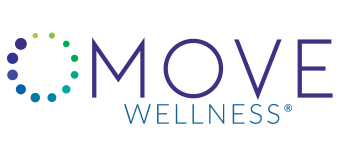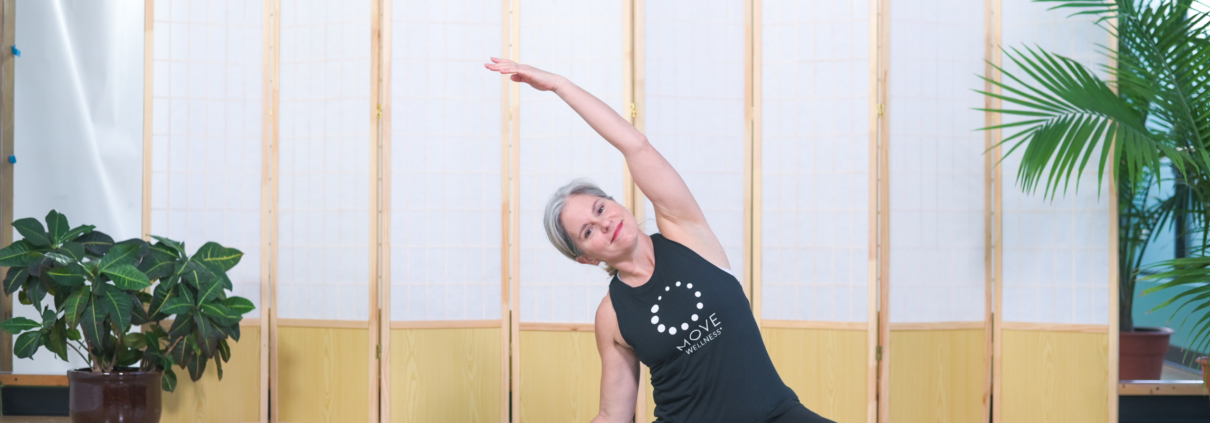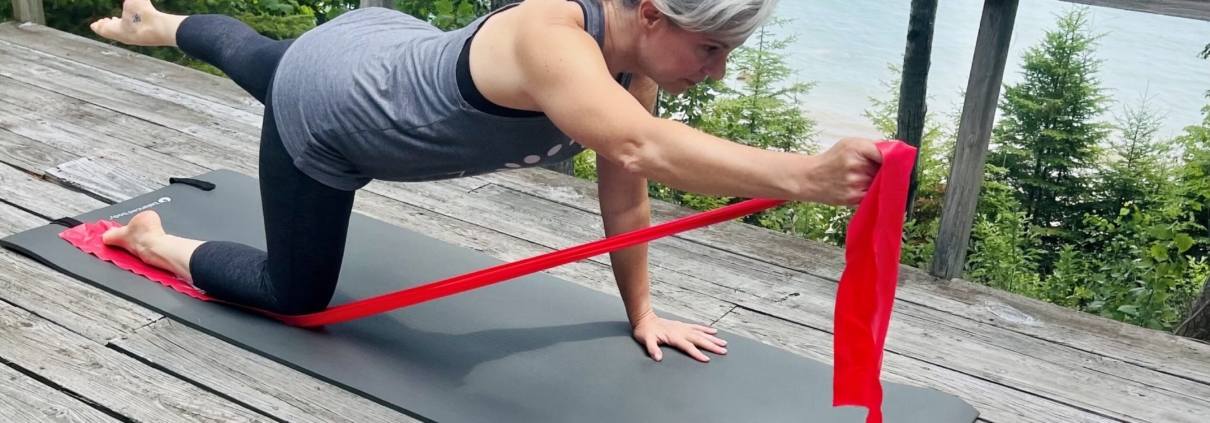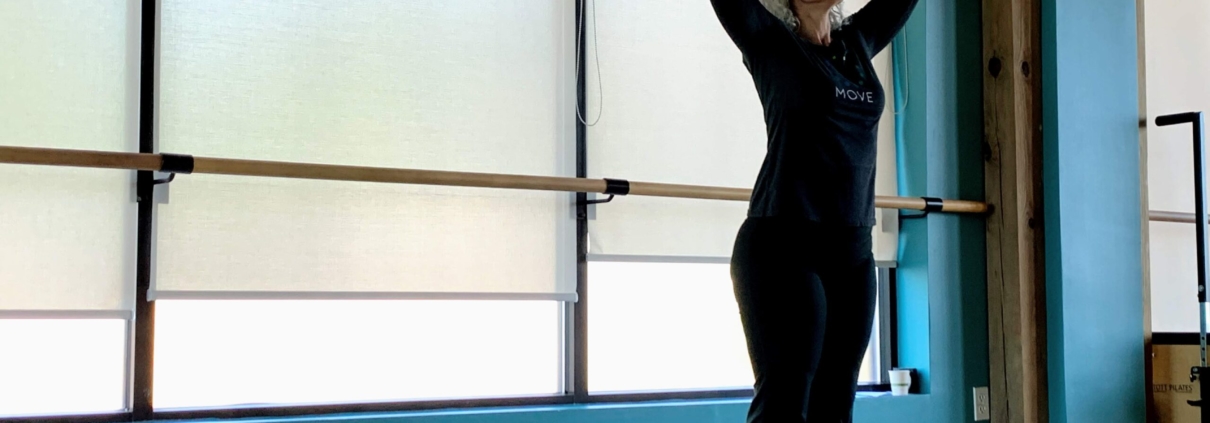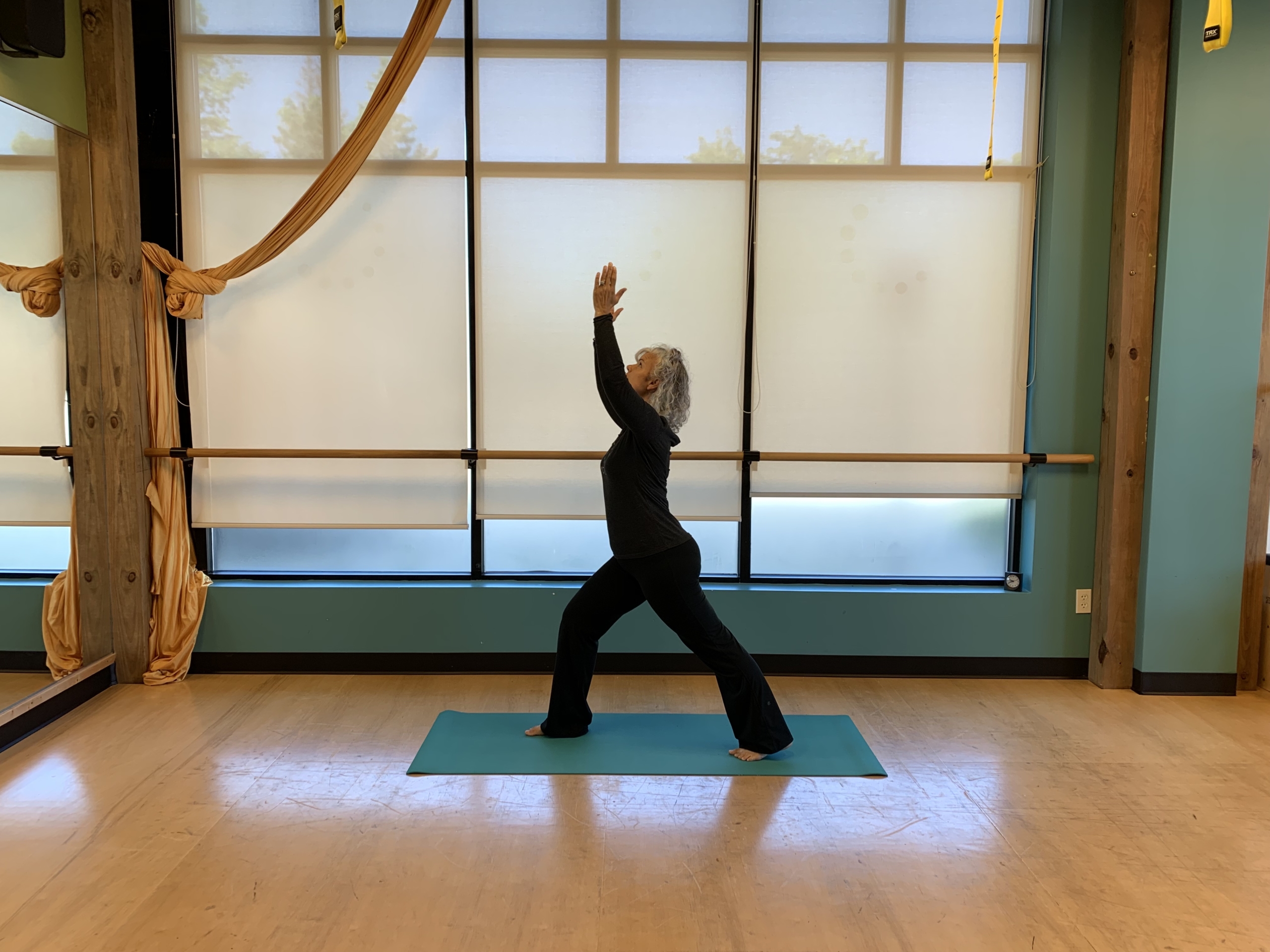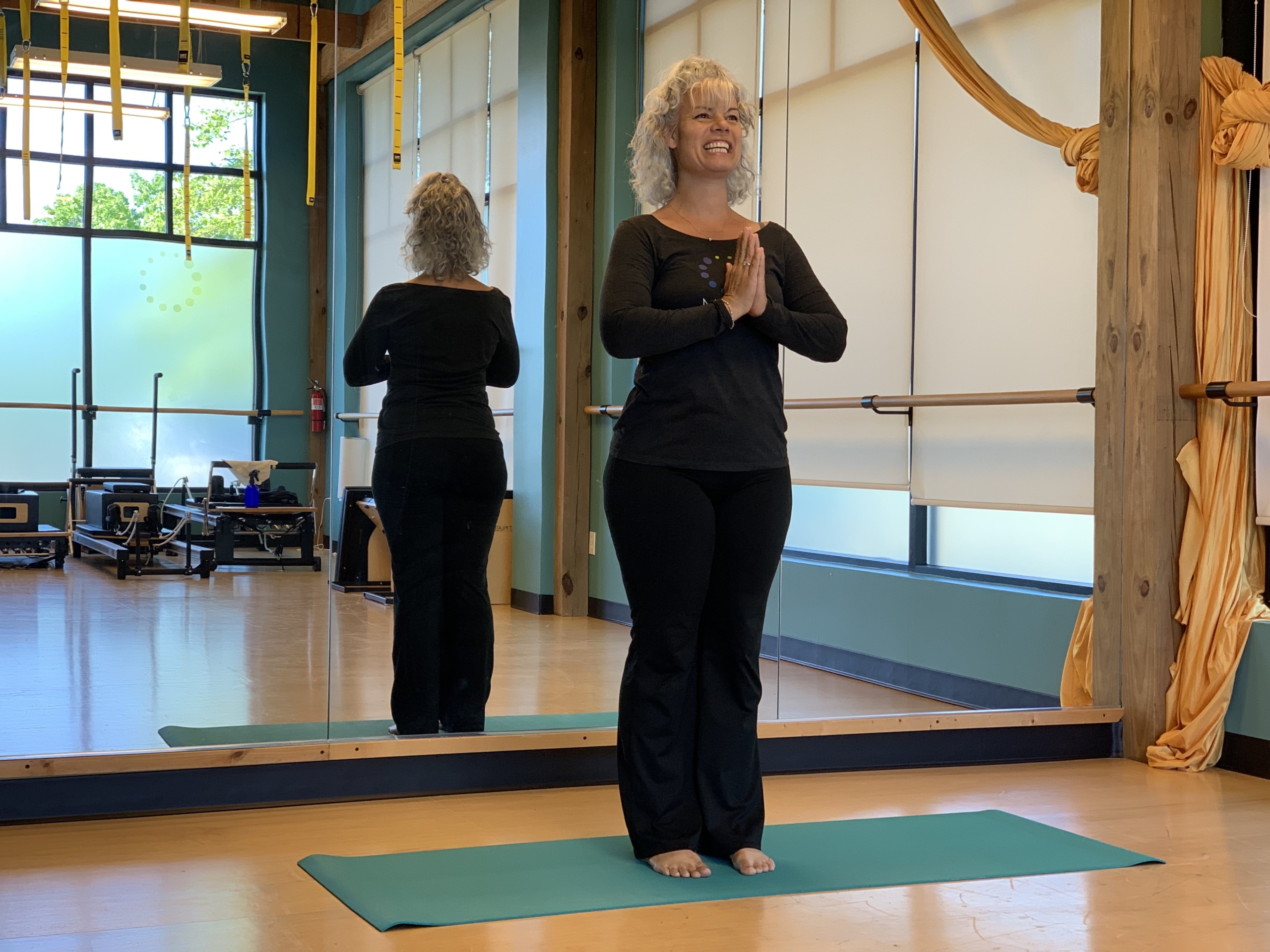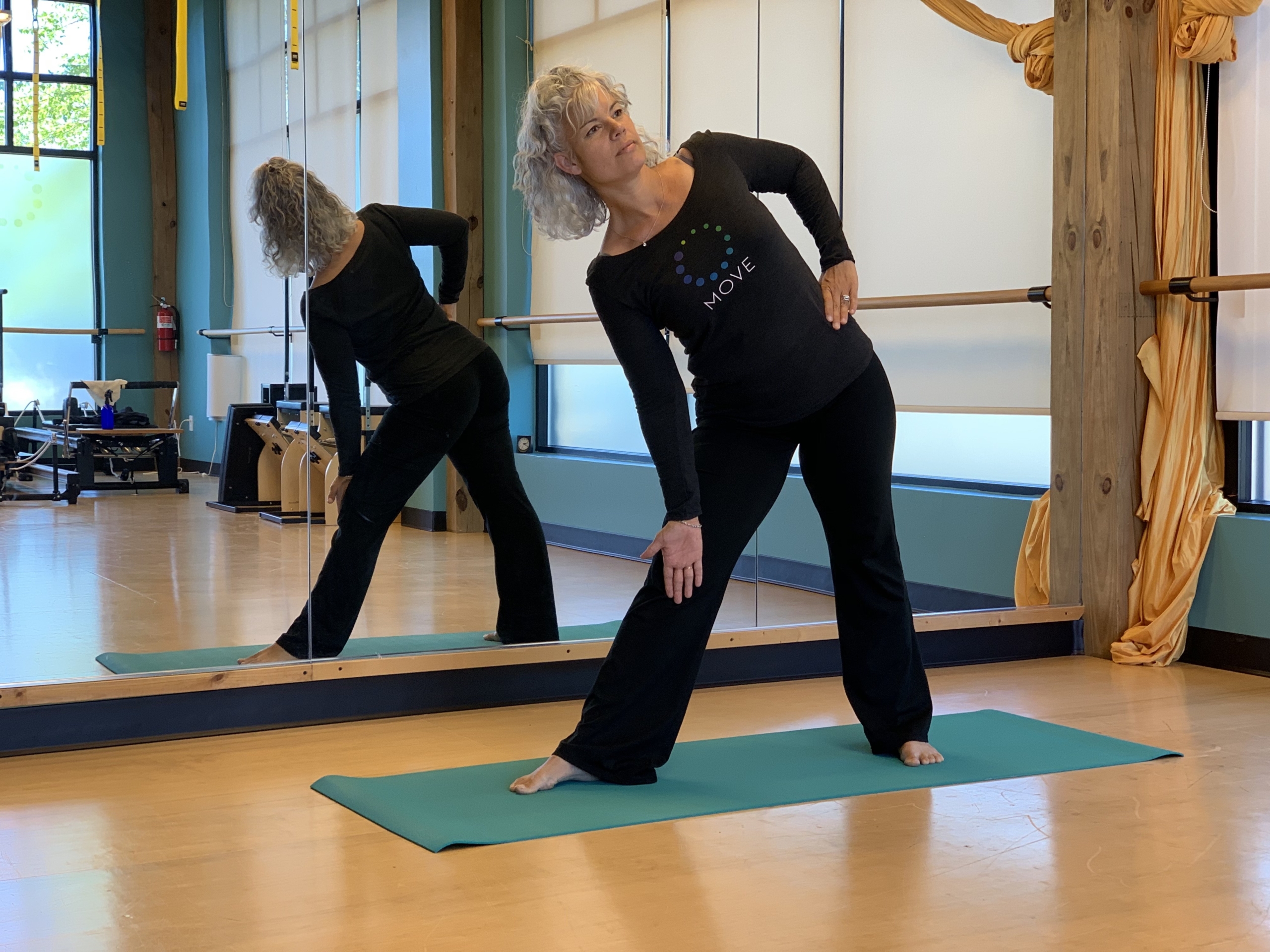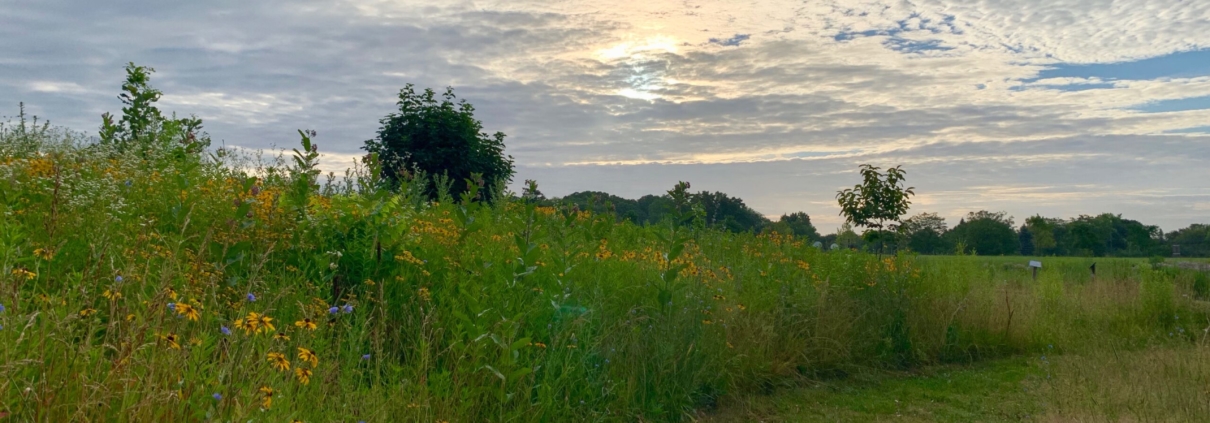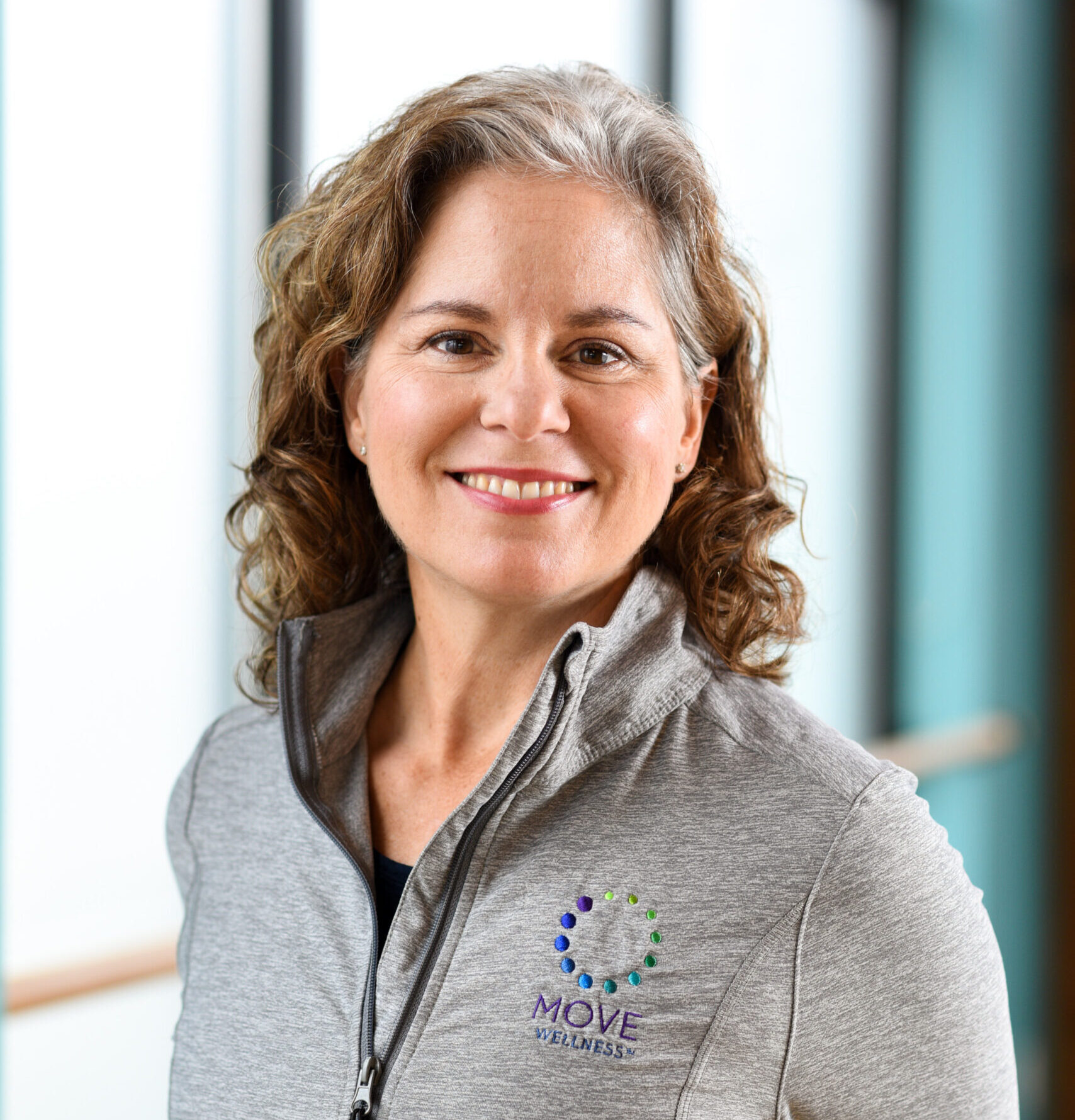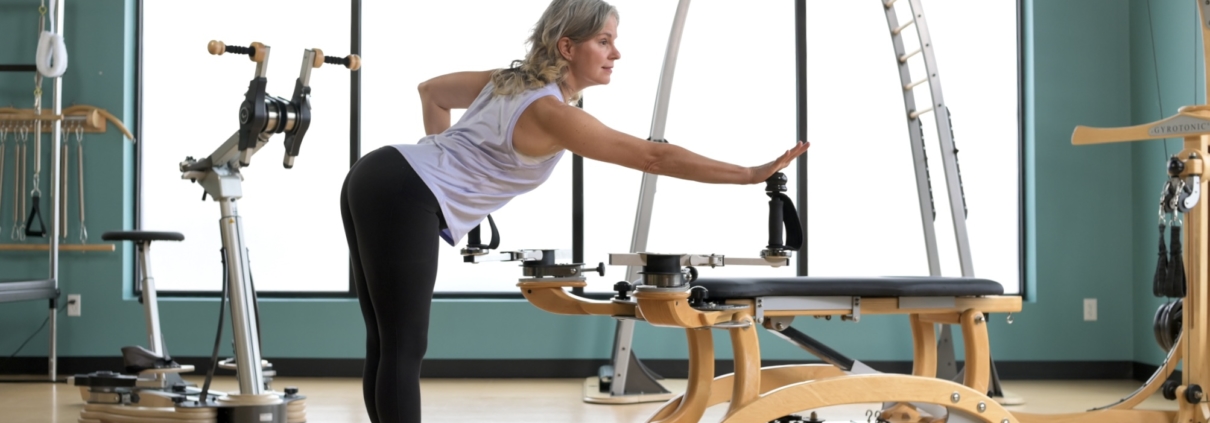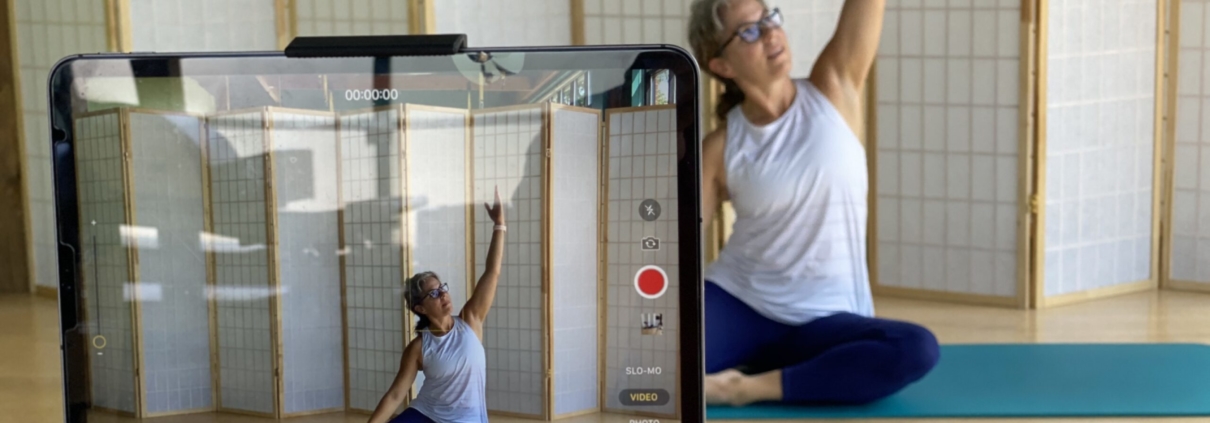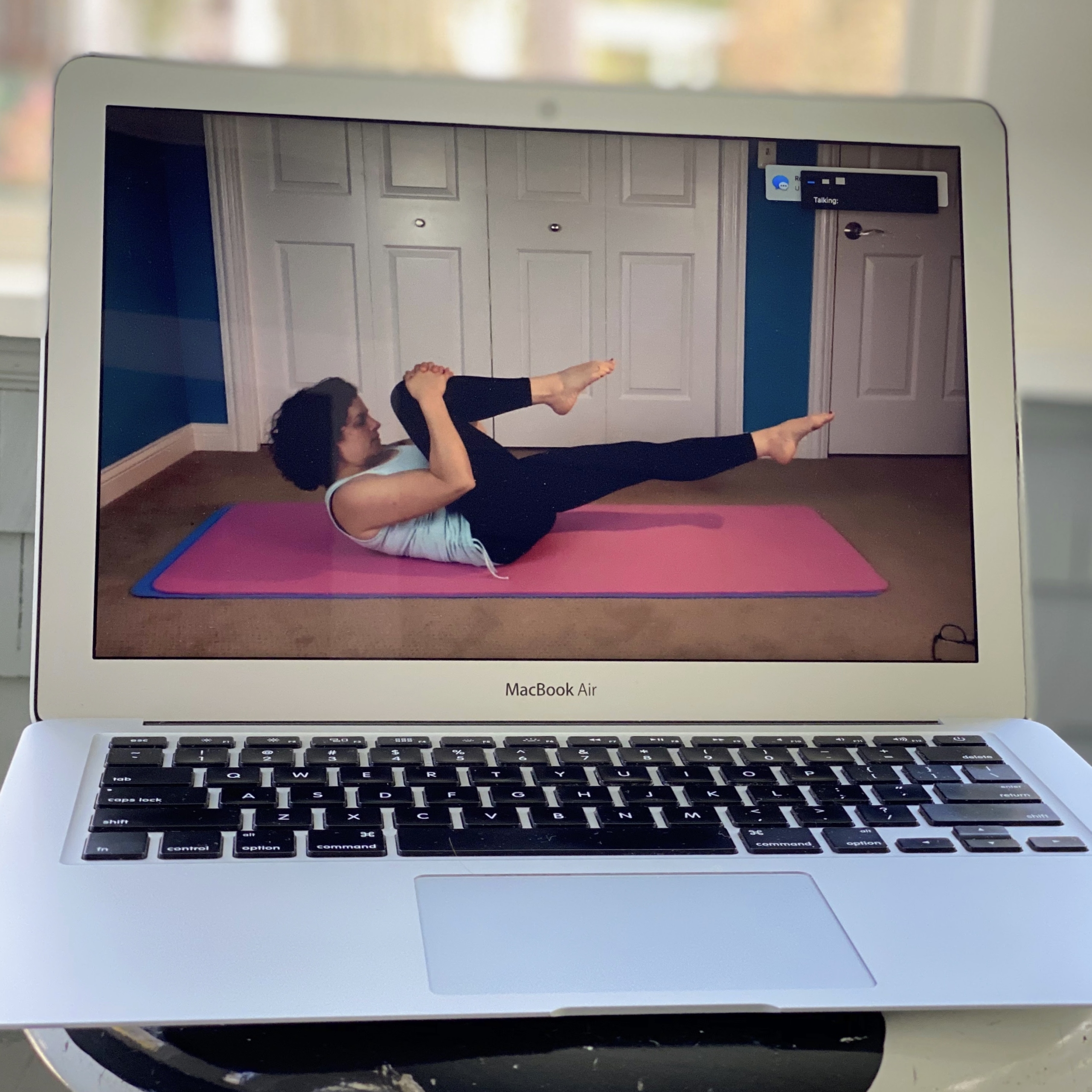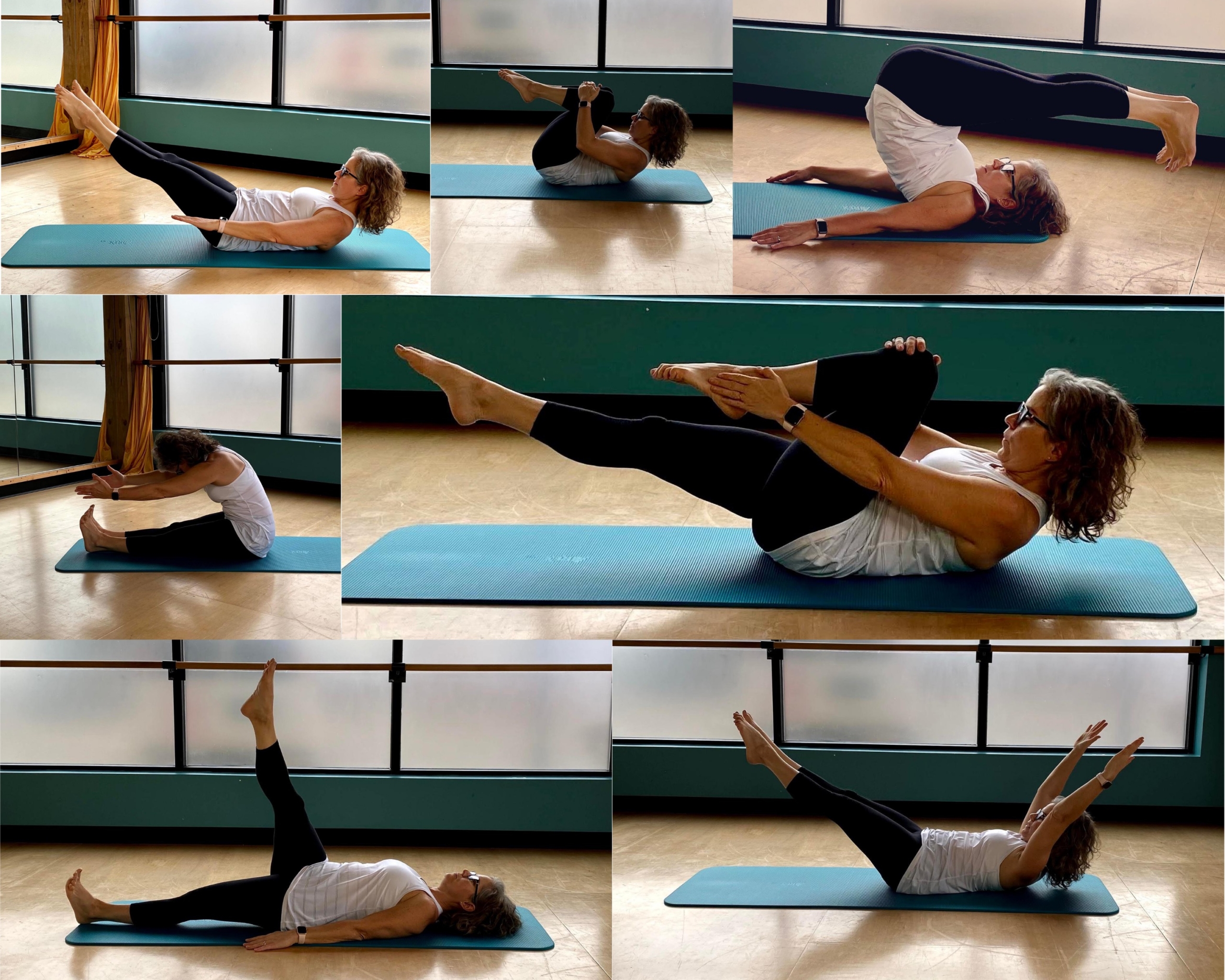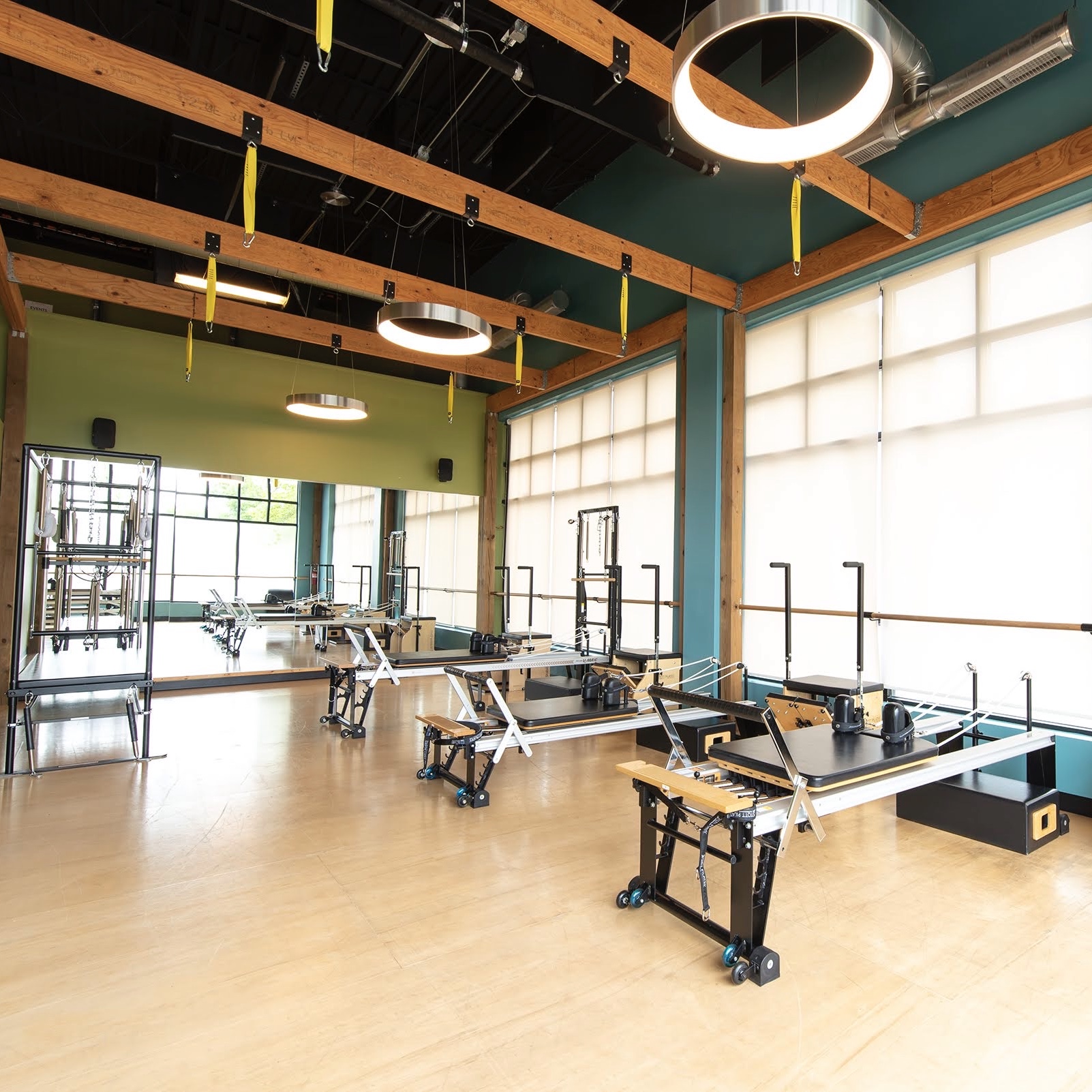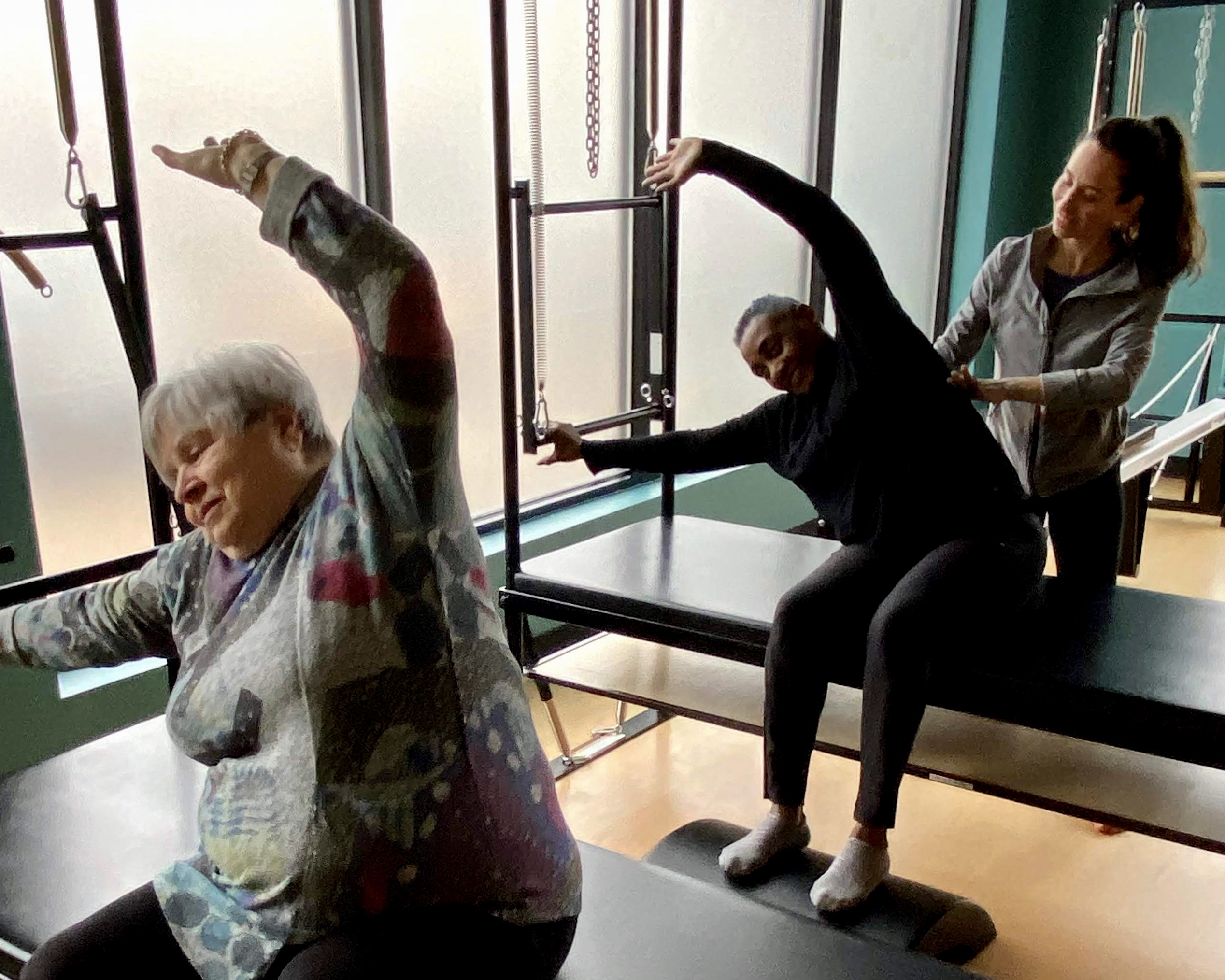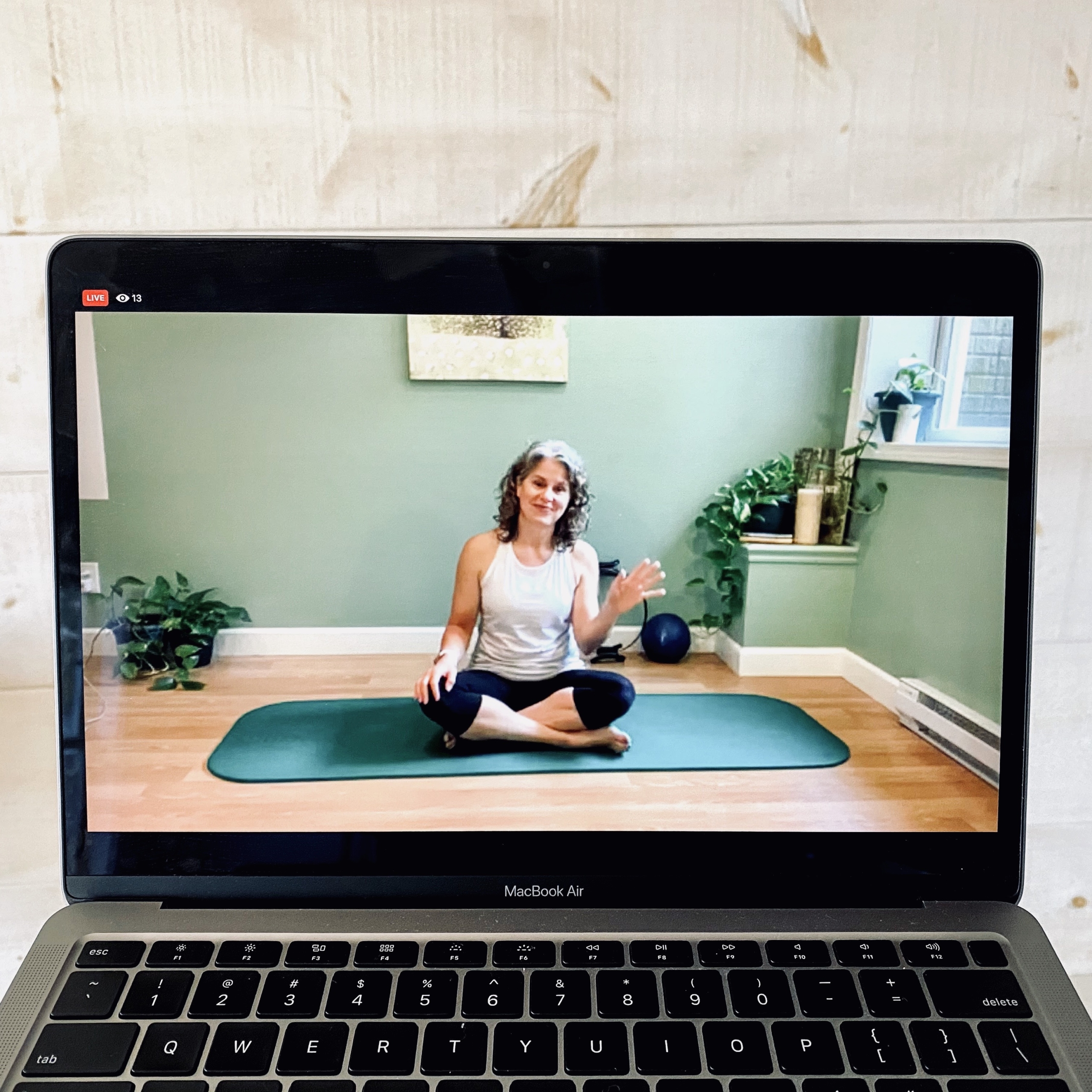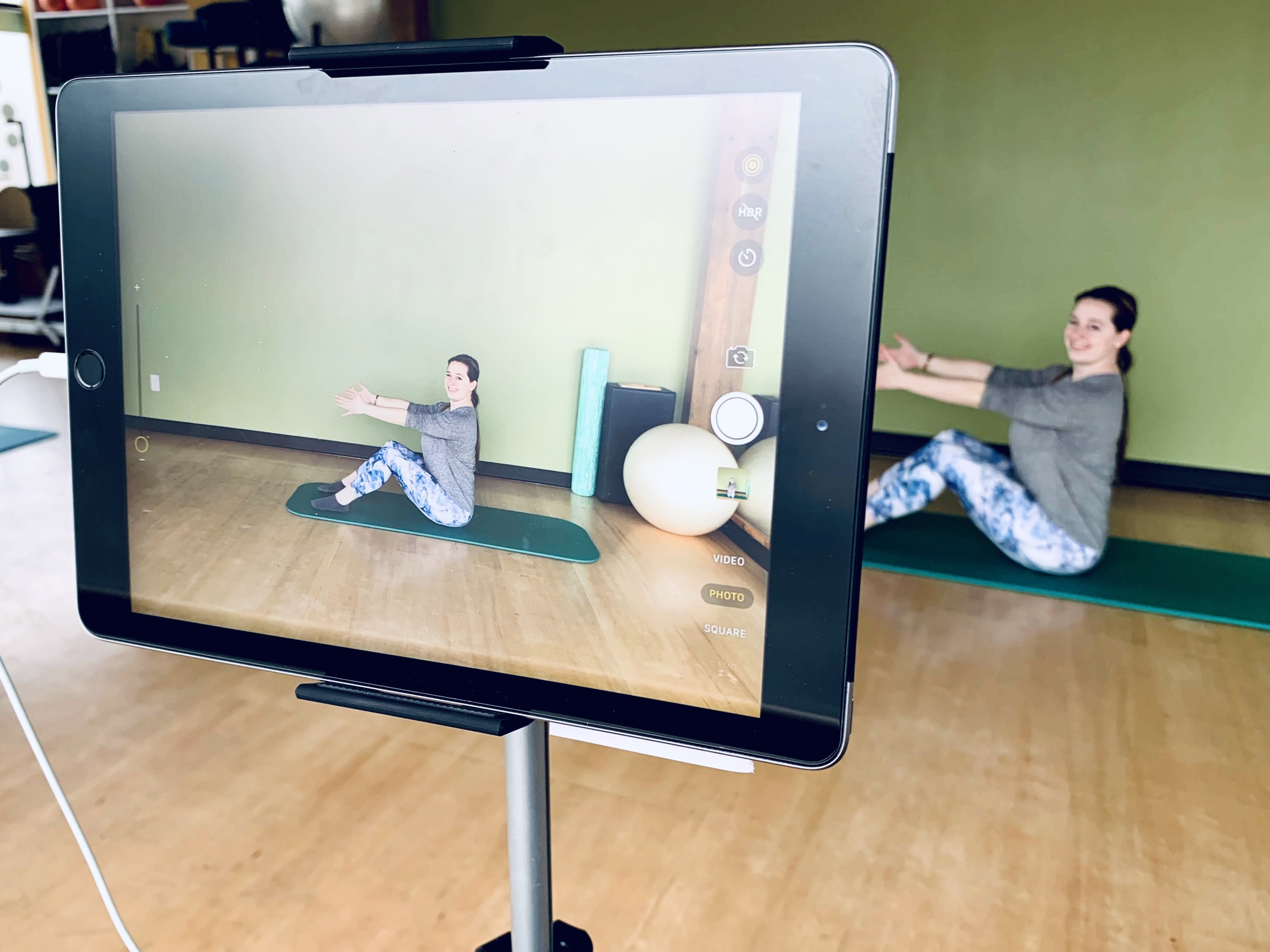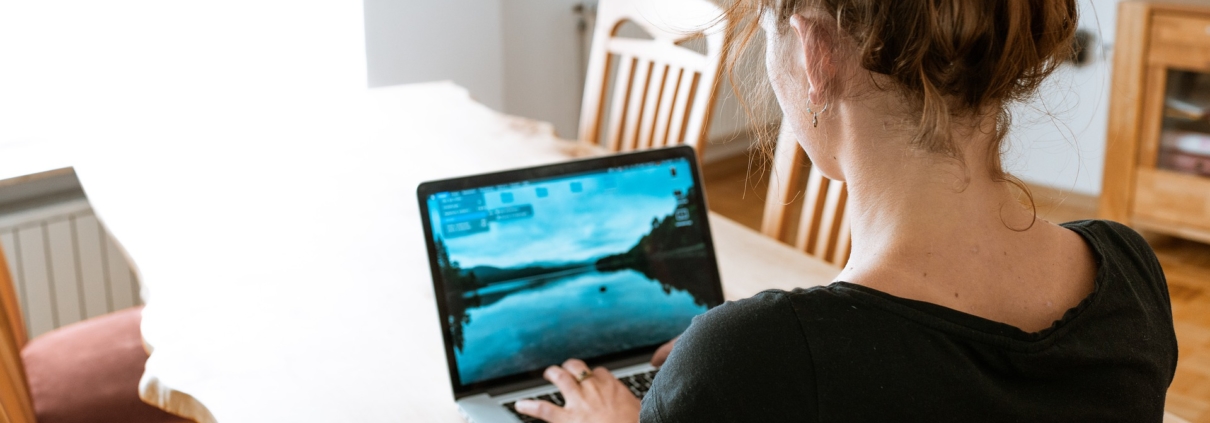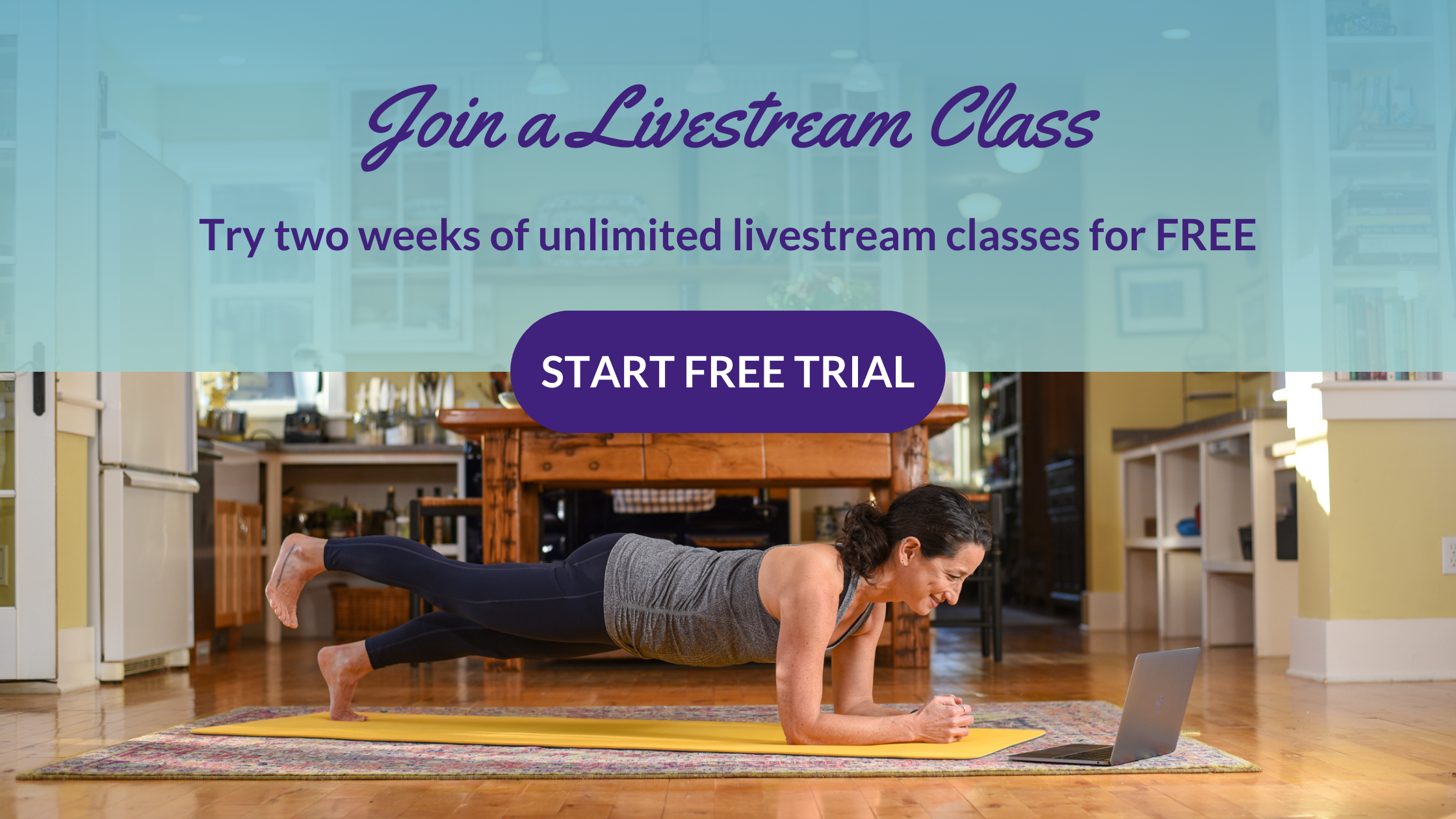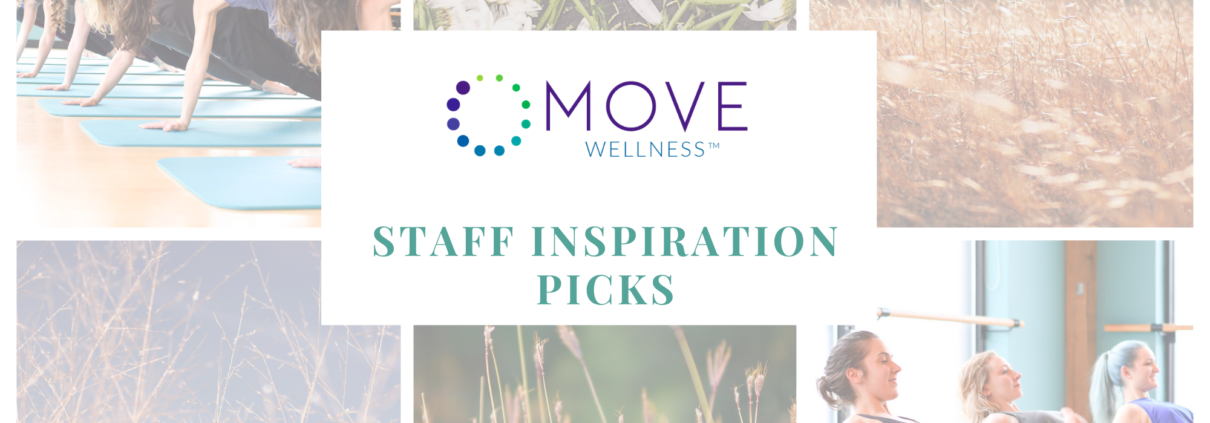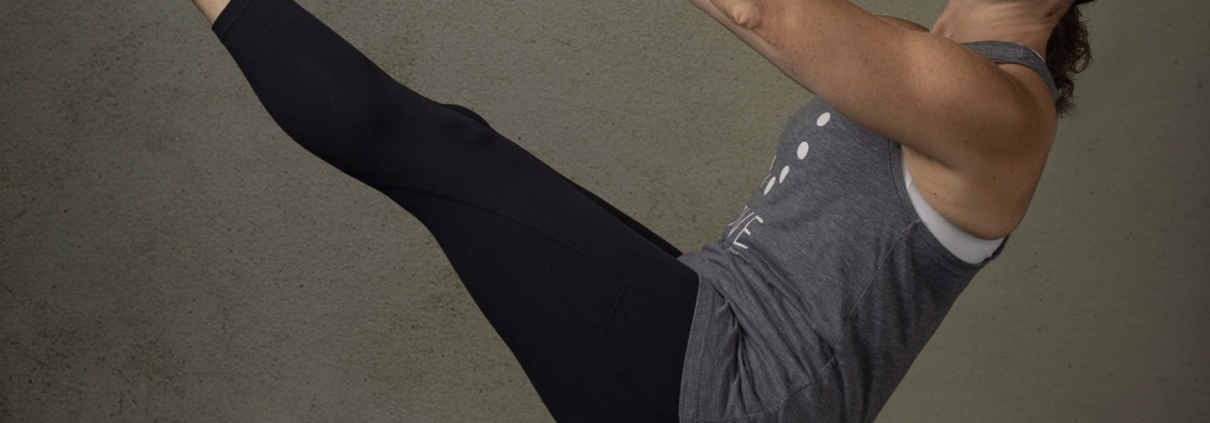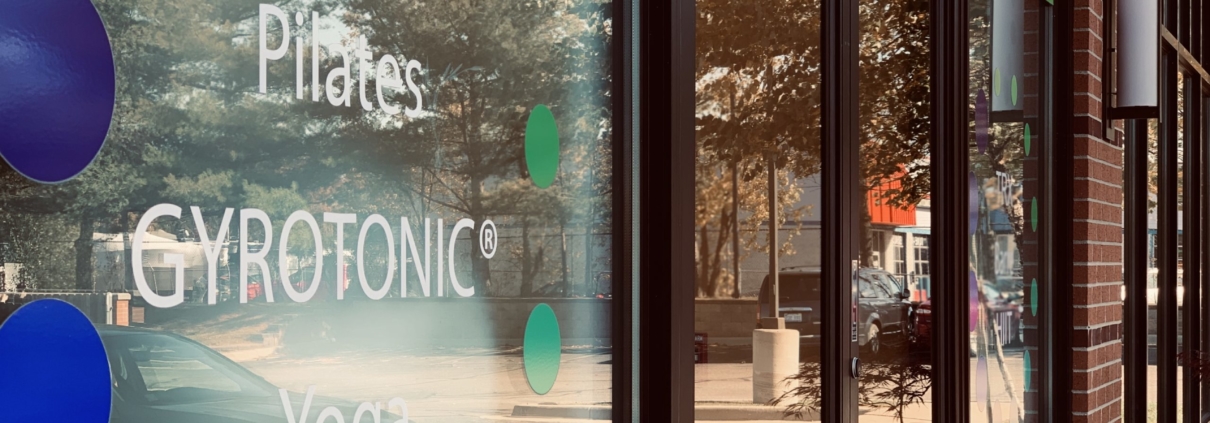Most of us have experienced back pain at some point. Elaine Economou‘s latest blog for popular website, Sixty and Me discusses some common causes of back pain and offers simple strategies for relief. Read Simple Strategies to Unravel Back Pain.
“Unraveling back pain is like being a detective for yourself. The trick is to think about your unique genetic and cultural postures and bring balanced movement into the body all day long. There are so many systems working together to keep us moving and pain free. Noticing and understanding the systems will inform your choices and help you care for your body.”
—Elaine Economou
Unraveling back pain
Back pain, once you have ruled out other issues, can be diminished once you understand your own body and the elements that play a role in causing the pain. As you consider your unique situation, there are two factors that can be particularly helpful. Your genetic posture—how you’re made—and your cultural posture, or what you do all day. All of our systems are connected. So, once we have better understanding of our unique challenges we can work to restore balance to the body.
Movement can be part of the solution
When pain flares, our instincts can lead us to try stretching that one area or worse, to stop moving altogether. But movement is typically a key part of the solution. Depending on the cause of the pain, certain movements can help relieve back pain. There is no one simple fix, but Elaine offers strategies and simple movements to help you move more and feel better.
- Move your spine in all planes of motion
- Practice mindful breathing
- Visit a specialist
- Build strength by taking your Movement Vitamins
Read Simple Strategies to Unravel Back Pain.
You Can Start Now
We know the more you move, the better you feel. Sometimes we need a little push to get started. That’s why Elaine Economou created Movement Essentials: Getting Started with Pilates. A 28-day program at MOVE On Demand designed to get you moving safely and keep you on track. Each week Elaine introduces you to the basic principles of Pilates with a consistent warm up, weekly classes, and a variety of special topics to enhance your journey. And, it comes with an easy-to-follow calendar that will guide you through a clear progression and provide a foundation for healthy movement.
Watch our program intro to learn more. Support the activities you love to do in life by starting today!
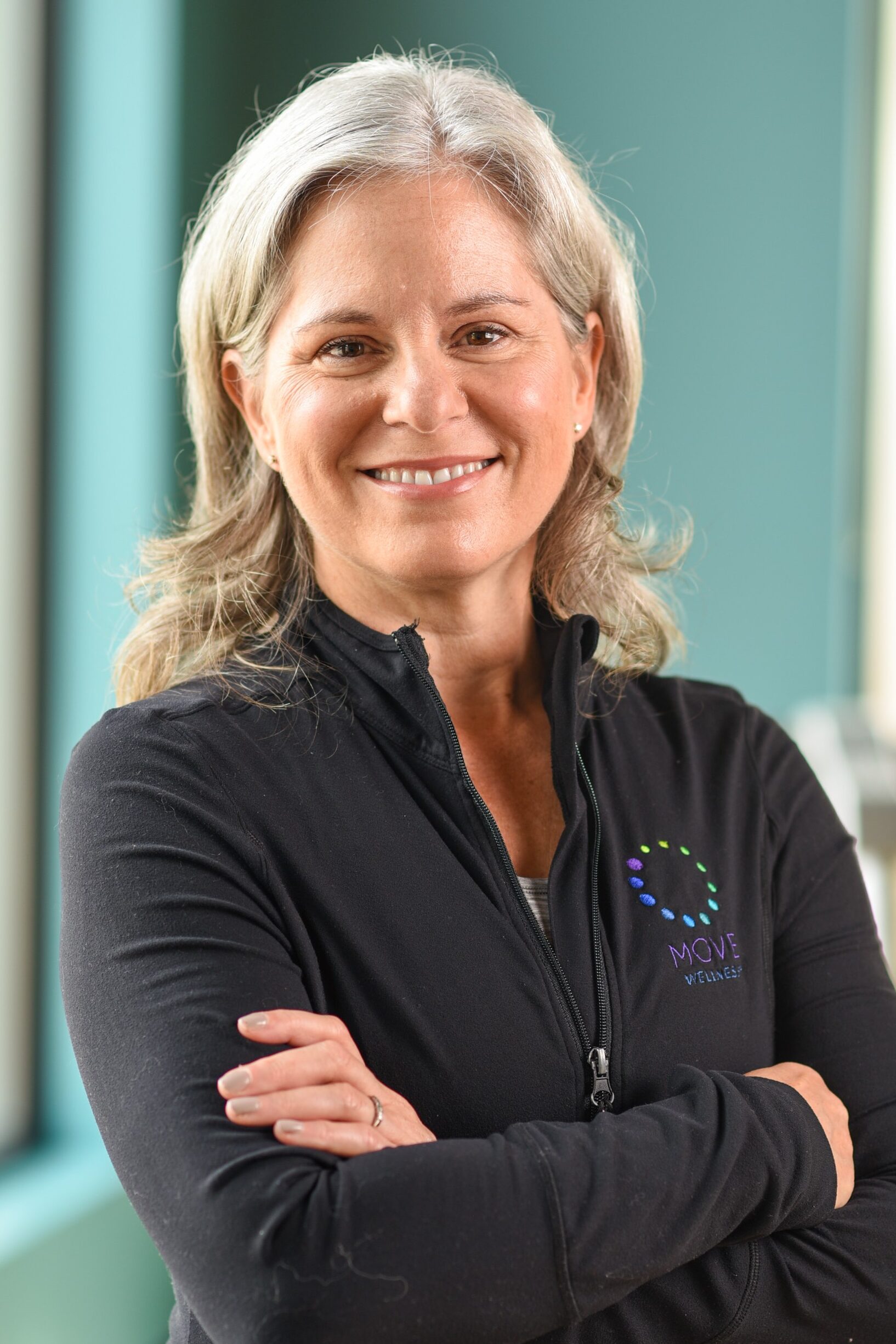
About Elaine Economou
Elaine Economou helps people move with ease, strength, and joy. Her passion is empowering people to understand their unique bodies to build strength, and do more of what they love. As co-founder of MOVE Wellness®, Elaine leads a global movement community of clients in high-caliber, in-studio, and interactive livestream training.
Find all of Elaine’s Sixty and Me blogs on her author page.
